When it comes to crafting a true Japanese katana, the quality of the steel is paramount. This steel, known as tamahagane, is a product of a centuries-old smelting tradition, using only two primary materials: iron sand and charcoal.
The Origins of Iron Sand and Charcoal
The primary source of iron sand is riverbeds, where heavier iron-rich particles are naturally separated from lighter sand through a process of water channeling, a method refined during Japan's Edo period. The heavy iron sand would settle, while the lighter materials were washed away, allowing for an efficient collection.
Charcoal plays a triple role in the smelting of tamahagane. It serves not only as fuel but also as a reducing agent that transforms iron oxide (the form in which iron is found in nature) into pure iron by removing oxygen. Furthermore, charcoal provides the crucial carbon content needed to create steel. High-quality pine charcoal is traditionally used due to its optimal properties for this intricate process.
The Traditional Smelting Furnace: The "Tatara"
The smelting of tamahagane takes place in a specialized furnace called a tatara, an ancient technology brought to Japan via China and Korea. The tatara consists of a below-ground and an above-ground section. Measuring about 450 cm in length, 150 cm in width, and 120 cm in height, the underground portion is constructed with stone foundations and thick clay layers, forming a central trough filled with charcoal.
The above-ground walls, made from a mixture of clay and sand, feature side holes through which air is blown into the furnace using bellows. Originally hand-operated, these bellows were improved to foot-operated versions during the Edo period, and today, electric blowers are sometimes employed.
Interestingly, the walls of the tatara are single-use. After each smelting cycle, they are dismantled to extract the steel and then rebuilt for the next batch.
The Smelting Cycle: A Dance of Fire and Precision
A complete tatara smelting cycle spans roughly five days:
- Day 1: Construction of the walls.
- Day 2: The smelting operation.
- Day 5: Dismantling the furnace and extracting the steel.
However, real-world conditions often extend this cycle to six or even seven days due to various unpredictable factors.
The process begins by igniting a fire at the bottom of the trough and continuously adding charcoal until it is filled. Then, alternating layers of iron sand and charcoal are added every thirty minutes over three days. Through this meticulous layering, the iron sand reacts with the carbon, gradually transforming into steel.
Each cycle typically consumes around 30 tons of charcoal and 8 tons of iron sand, ultimately yielding about 2 tons of steel. Modern metallurgy would consider the resulting steel's uneven carbon distribution a flaw. Yet, traditional Japanese swordsmiths ingeniously leverage this characteristic.
Sorting and Utilizing the Steel
Of the 2 tons produced, roughly half will have a carbon content between 0.6% and 1.5% \u2014 the ideal range for tamahagane. This high-quality steel, characterized by a bright, silver sheen, is sorted manually by skilled workers who break the steel into pieces and categorize them based on their color and texture.
The remaining steel, known as hocho-tetsu or "reserve steel," falls outside the ideal carbon range. Some may have too high a carbon content (cast iron), while others have too little (wrought iron). Swordsmiths must adjust the carbon levels of hocho-tetsu before using it, a task that demands additional craftsmanship.
- For low-carbon steel, carburization (introducing carbon into the iron) is achieved by reheating with additional charcoal.
- High-carbon steel undergoes decarburization through repeated forging and exposure to oxygen, reducing its carbon content.
The Essence of the Katana
In the hands of a master swordsmith, tamahagane becomes more than just metal. Its complex, layered composition \u2014 the result of traditional smelting methods \u2014 gives the Japanese katana its renowned resilience, sharpness, and beauty. The ancient art of tatara smelting, despite the advent of modern metallurgy, continues to hold a revered place in the world of craftsmanship and Japanese cultural heritage.
Read more
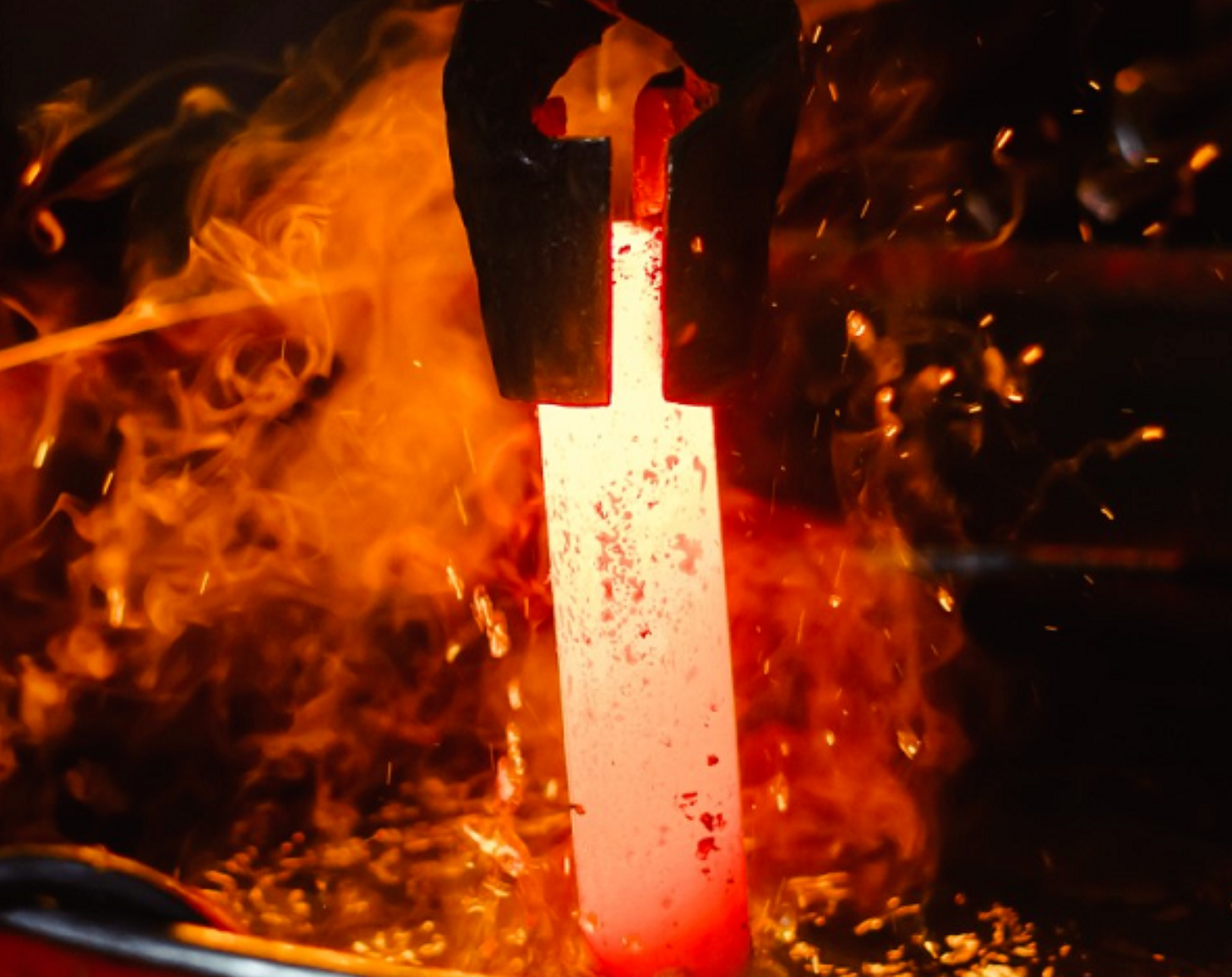
Once the blade is formed, the quenching process begins to achieve a sharp and hardened edge, during which the pattern on the blade surface is created. The efforts involved in this phase are more co...
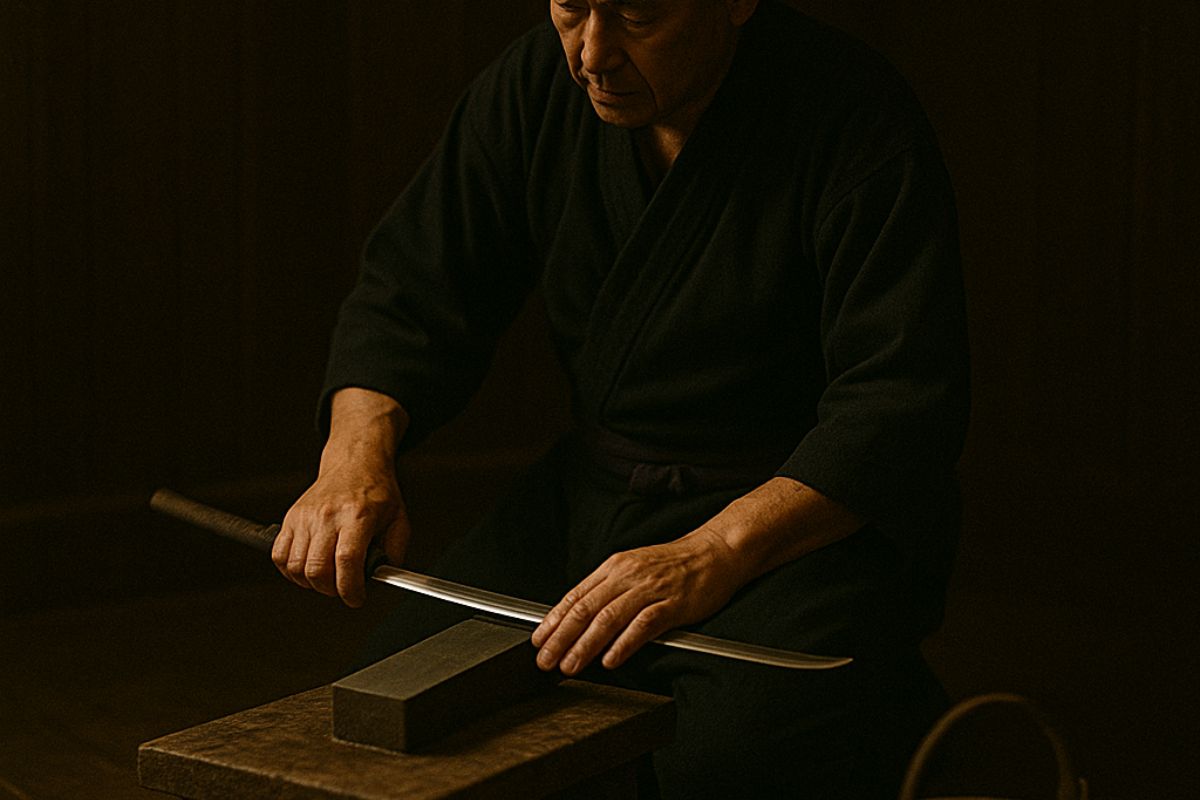
Discover the intricate craftsmanship behind Japanese sword polishing and tameshigiri test cutting. Learn how master polishers reveal the hamon’s hidden beauty.
Shop katana
Our katana store offers a wide selection of japanese swords — from traditional katanas and anime-inspired designs to fully functional blades — featuring a variety of materials and craftsmanship to suit your preferences.




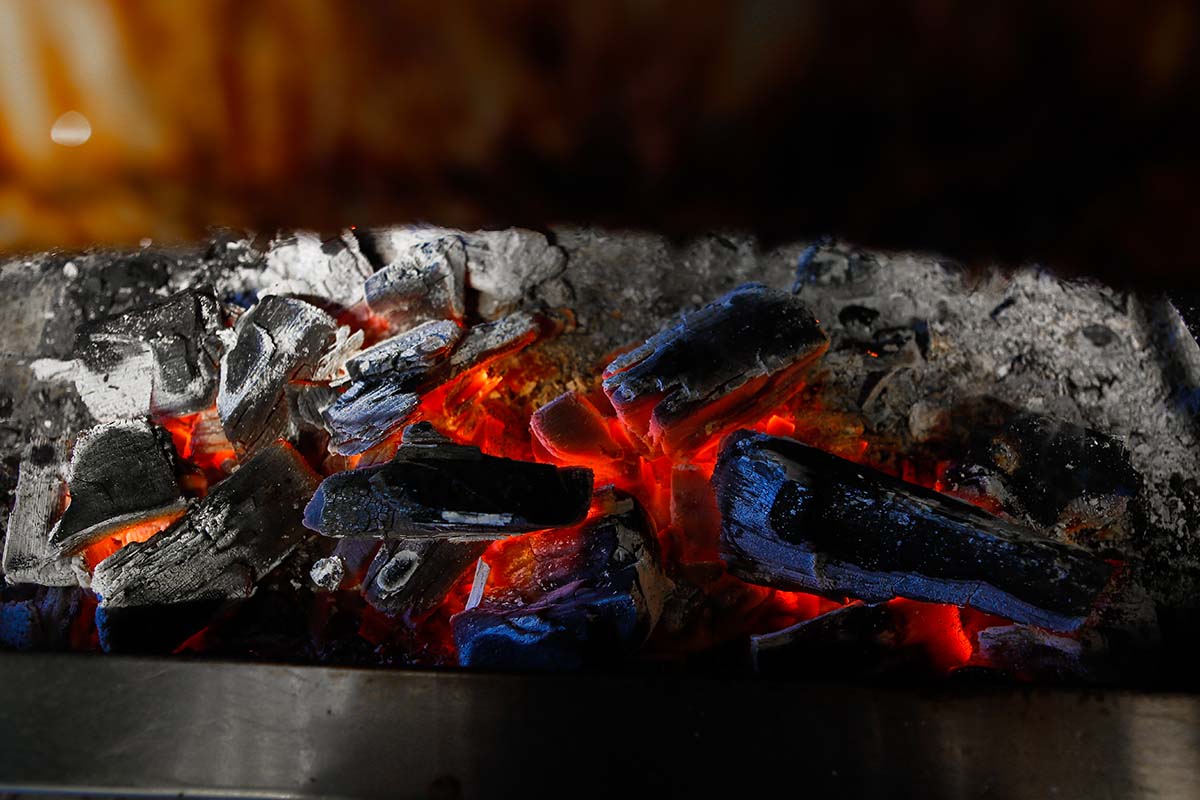
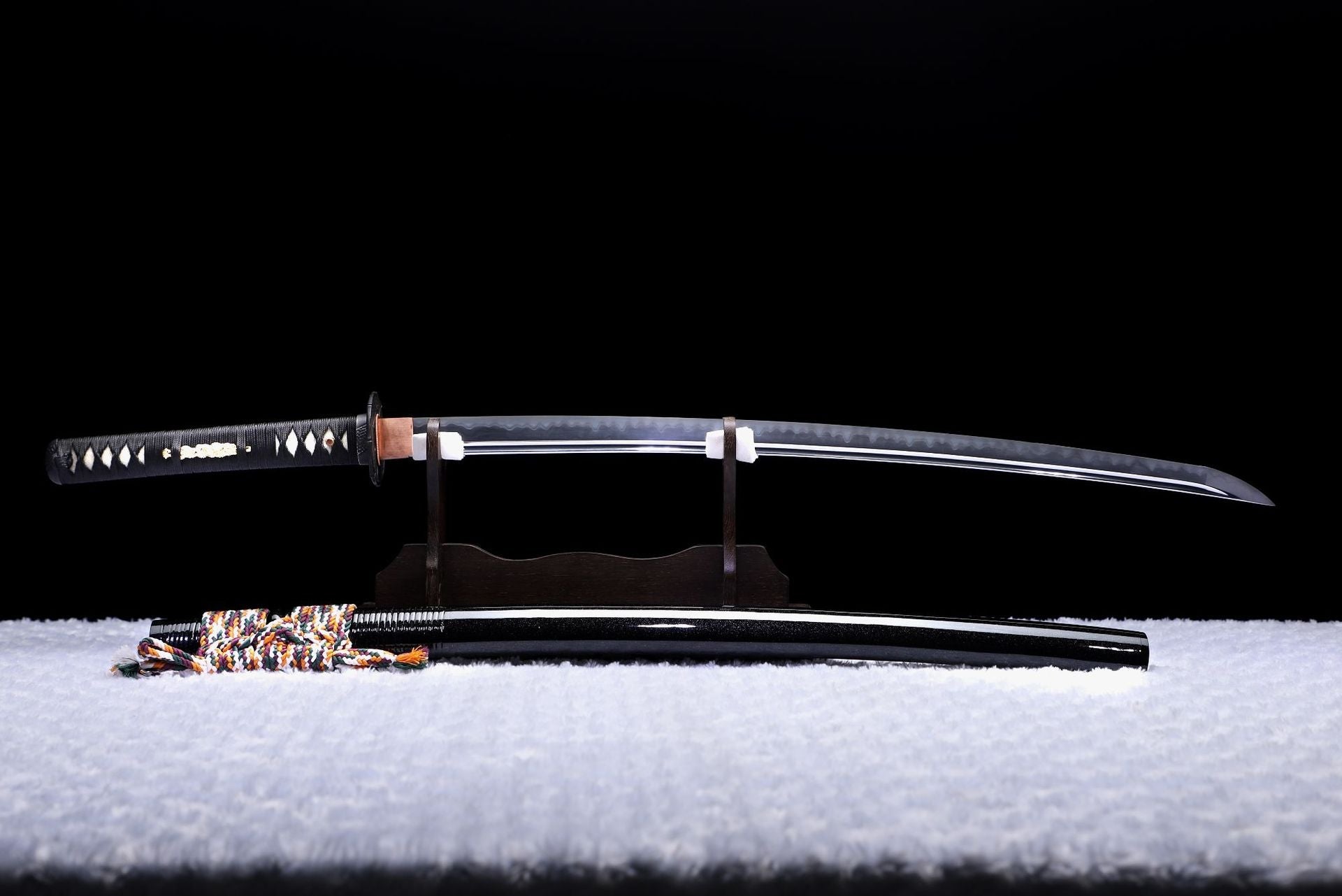
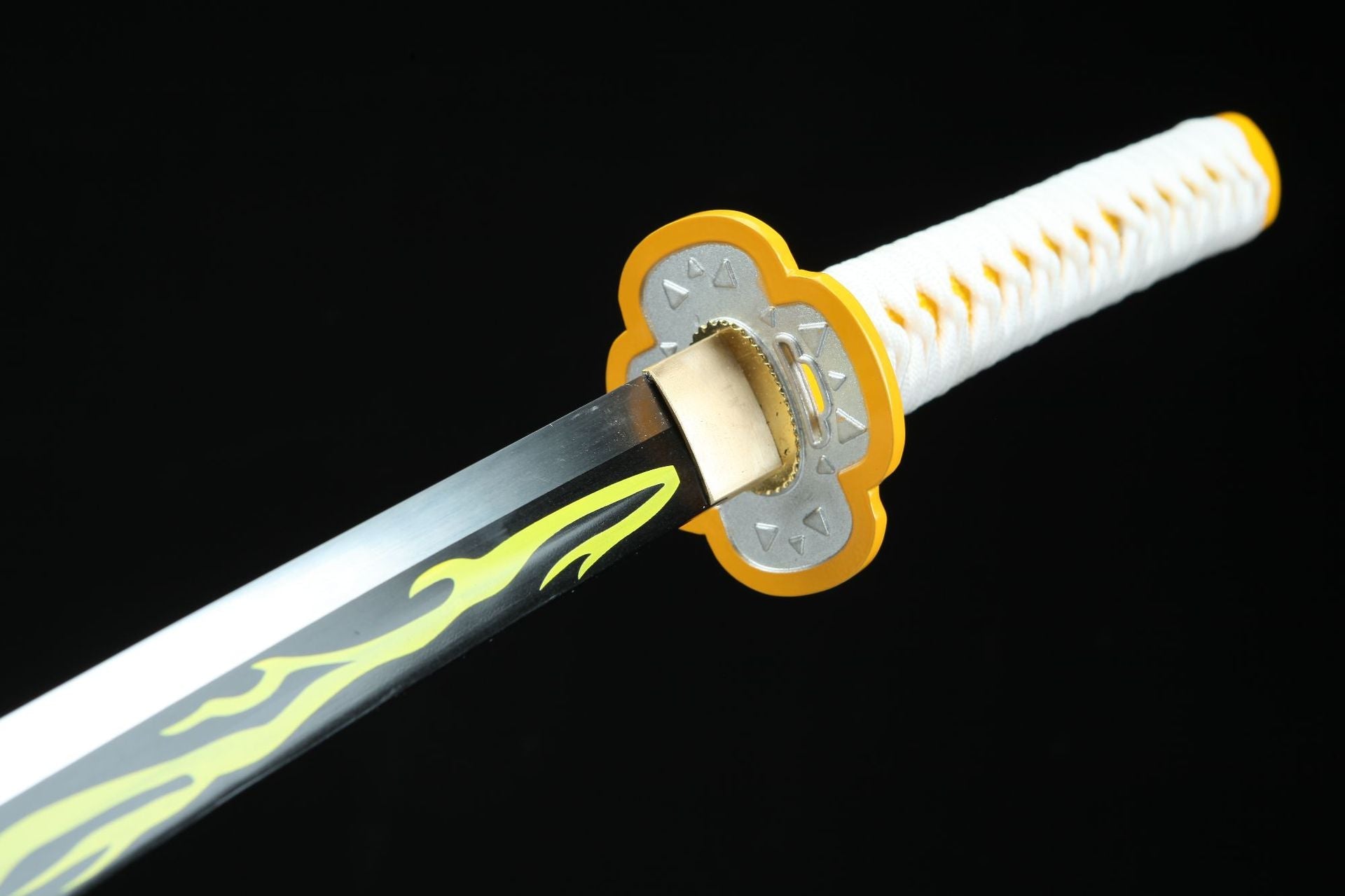
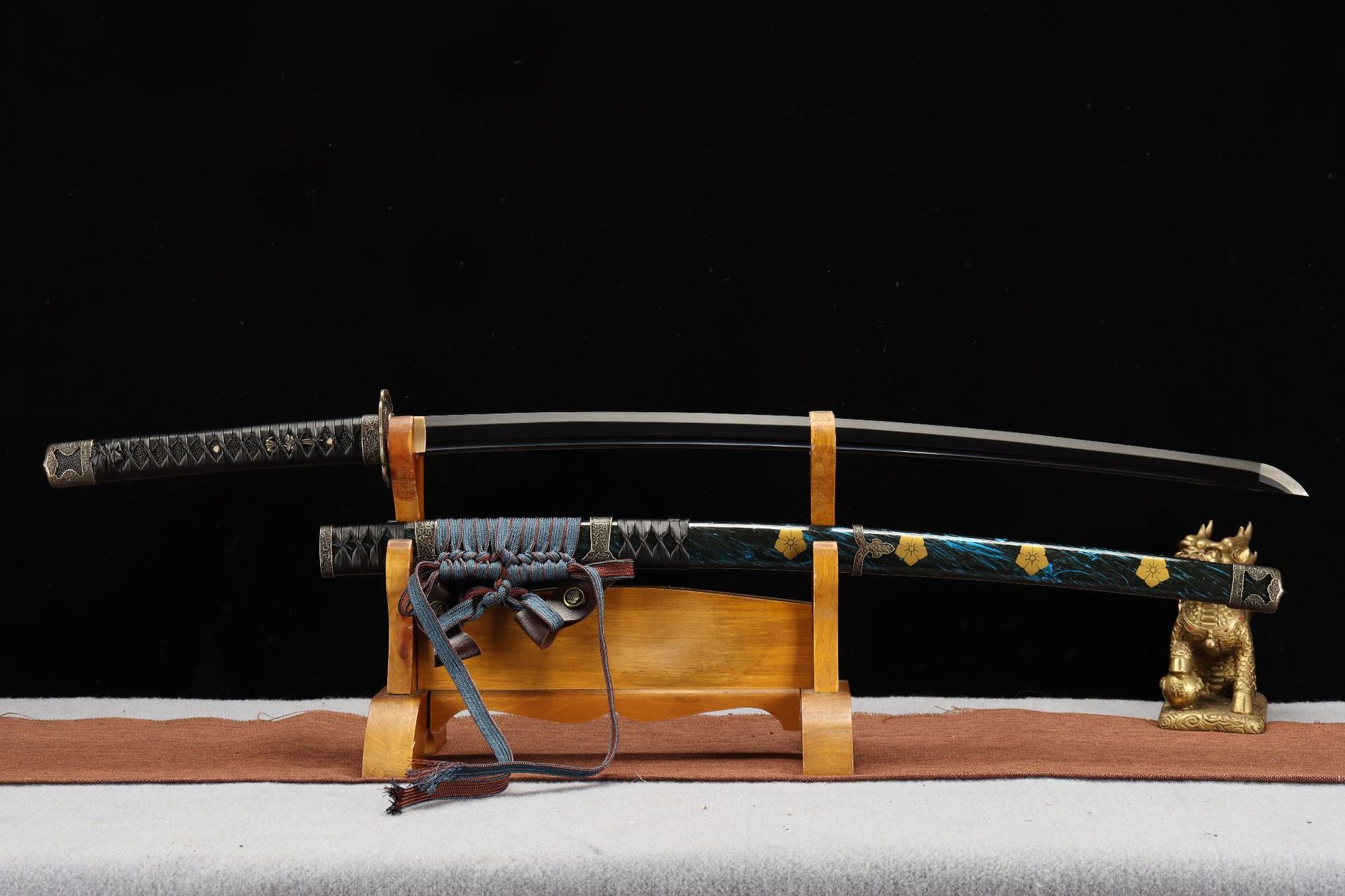
Leave a comment
All comments are moderated before being published.
This site is protected by hCaptcha and the hCaptcha Privacy Policy and Terms of Service apply.